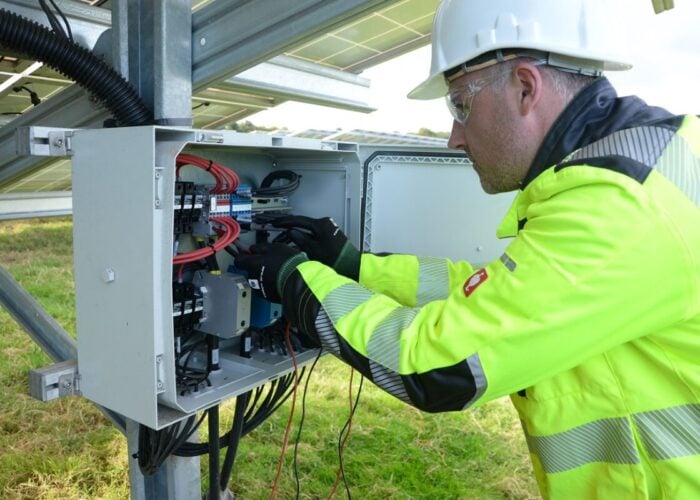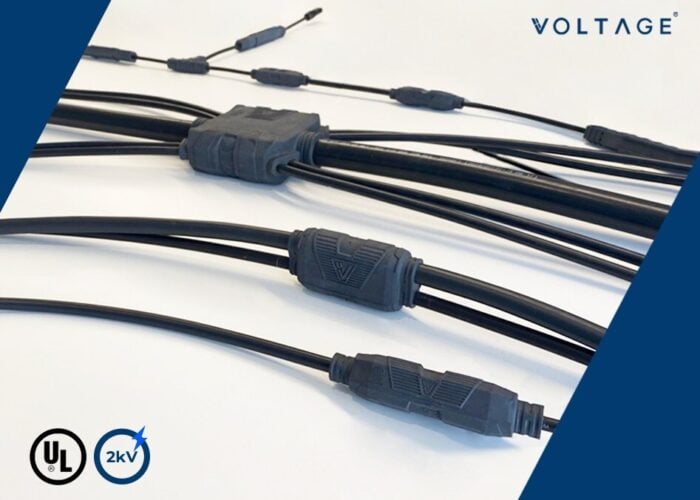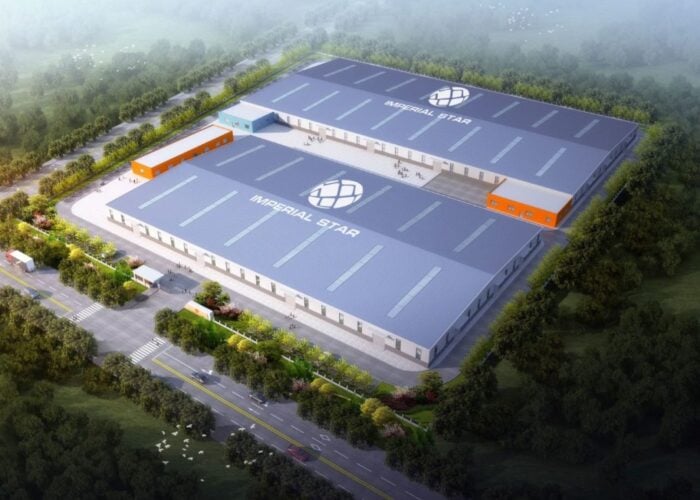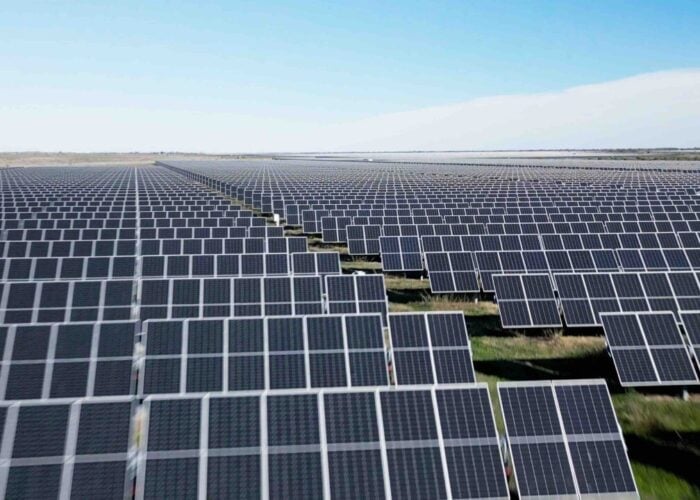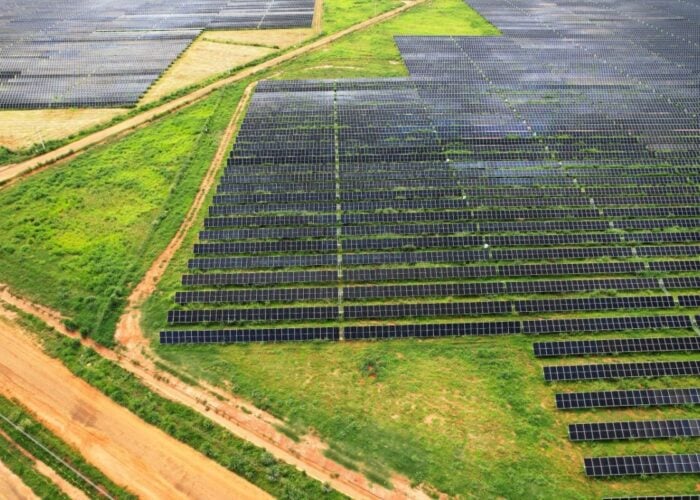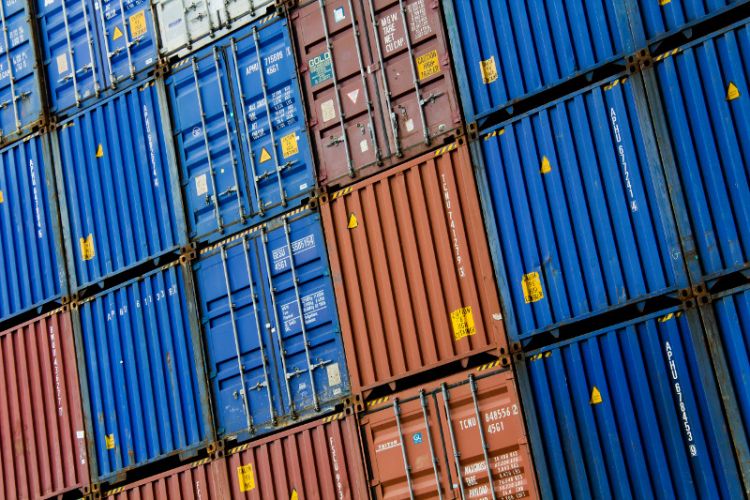
The US Department of Commerce (DOC) has issued anti-dumping and anti-subsidy tariffs against solar cell imports from Thailand, Vietnam, Malaysia and Cambodia.
In its final affirmative determinations for the antidumping and countervailing duty (AD/CVD) tariff investigation, the DOC announced steep tariffs on solar cell imports, whether assembled into modules or not, from the four countries. The measures target Chinese-owned or backed companies that the US has found to be price dumping, the receiving international subsidies and selling solar products in the US at unfairly low prices.
Try Premium for just $1
- Full premium access for the first month at only $1
- Converts to an annual rate after 30 days unless cancelled
- Cancel anytime during the trial period
Premium Benefits
- Expert industry analysis and interviews
- Digital access to PV Tech Power journal
- Exclusive event discounts
Or get the full Premium subscription right away
Or continue reading this article for free
This verdict comes almost exactly a year after the case was opened by the American Alliance for Solar Manufacturing Trade Committee, a group comprising US-based solar manufacturers Hanwha Qcells, Mission Solar and Meyer Burger, alongside Cadmium Telluride (CdTe) thin-film PV manufacturer First Solar.
Tim Brightbill, partner at Wiley Rein LLC and lead counsel to the Alliance, said yesterday’s determinations were a “decisive victory for American manufacturing”.
“[Commerce’s ruling] confirms what we’ve long known: that Chinese-headquartered solar companies have been cheating the system, undercutting US companies, and costing American workers their livelihoods,” Brightbill said. “Enforcing our trade laws isn’t just a legal matter—it’s essential to rebuilding our industrial base, securing our energy independence, and protecting American jobs.”
Commerce applied final AD rates of up to 125.37% and anti-subsidy (CVD) rates of up to 3,403.96% to solar cells imported from Cambodia; up to 81.24% AD and up to 168.8% CVD rates to Malaysian products; up to 202.9% AD and up to 799.55% CVD to Thailand; and up to 271.28% AD and up to 542.64% CVD to Vietnam.
These rates vary between specific companies. The lowest CVD rate was applied to Korean-owned Hanwha Qcells in Malaysia (14.64%), where it also received a 0% AD margin. Qcells is one of the petitioners of the case via its US business.
Many of the most stringent tariff rates were applied to companies “based on facts available with adverse inferences”, which often means that a company has not provided the DOC with information in its investigation, rather than necessarily meaning it has dumped products or received subsidies to the extent that the percentages suggest.
This is particularly evident in the case of Cambodia, where manufacturers Hounen Solar and Solar Long PV-Tech withdrew from the DOC’s investigation because they lacked the resources to continue complying with it. The two companies said this should “in no way be considered an acknowledgement” of the alleged practices. At the time, Brightbill said it was a “significant development” for the entire Cambodian solar industry.
Major Chinese manufacturer TrinaSolar also issued a complaint to the DOC over its preliminary AD rates, charging the DOC with making “adjustments” to the assumed price of silicon wafers in Thailand that inflated them by four or five times.
The duty rates are subject to the International Trade Commission’s (ITC’s) assessment of whether the DOC’s findings represent harm to the domestic US solar industry, which is expected on 20 May.
Supporting US solar manufacturing?
The US imports the vast majority of its solar PV products from the four Southeast Asian countries under investigation.
In July last year, energy market analyst Clean Energy Associates (CEA) forecast that the AD/CVD case could raise the cost of imported solar modules by US$0.15 per watt and US-made modules by US$0.10 per watt. Separately, CEA said that AD/CVD would “significantly disadvantage” Southeast Asian solar products in the US market and predicted that the case could cause a “bottleneck” of solar cell supply to the US.
The companies that brought the case – particularly Qcells and Mission Solar – have captive supply or in-house cell production capacity in the US, which will be unaffected by these tariffs. As a CdTe thin-film manufacturer, First Solar is largely isolated from the silicon PV supply chain.
The US solar manufacturing industry has expanded its module production capacity over the last few years, reaching 50GW of annual nameplate capacity last year, according to the Solar Energy Industries Association (SEIA), roughly equivalent to annual deployment demand.
However, cell capacity lags significantly behind module capacity. AD/CVD will likely make cells imported to the US to supply module assembly plants more expensive, which CEA previously said could ultimately result in PV projects being “cancelled” or “delayed”.
AD/CVD tariffs are also applied retroactively, which introduces further uncertainty to the financing of solar projects.
PV Tech publisher Solar Media will be organising the fourth edition of Large Scale Solar USA in Dallas, Texas 29-30 April. After a record year for solar PV additions in the US, the event will dive into the ongoing uncertainties on tariffs, tax credits and trade policies as more domestic manufacturing becomes operational. Other challenges, such as the interconnection queues and permitting, will also be covered in Dallas. More information, including how to attend, can be read here.


